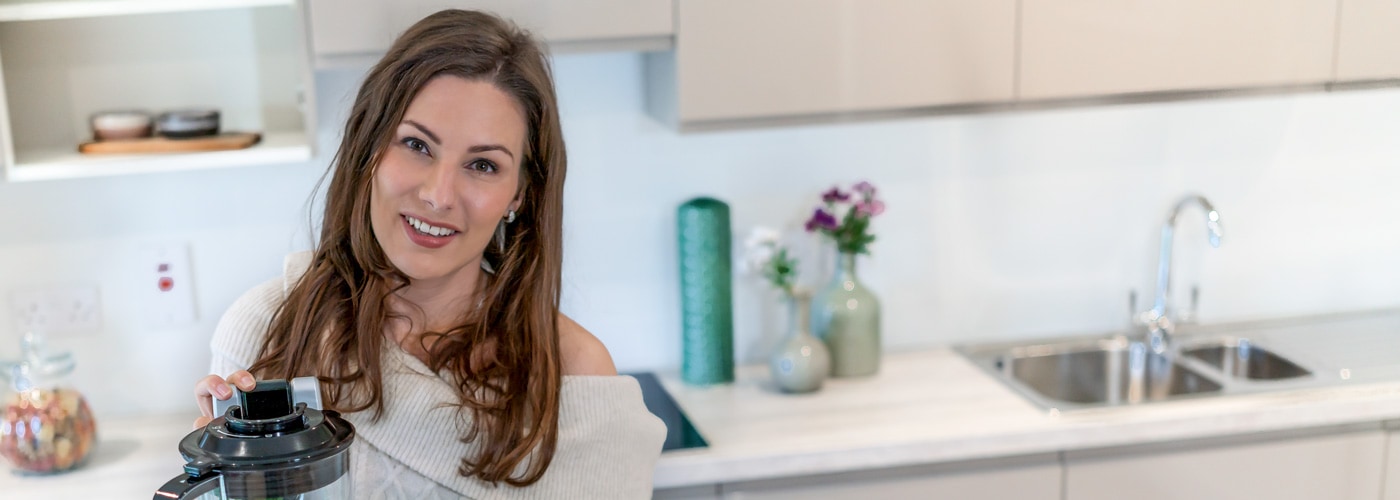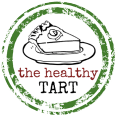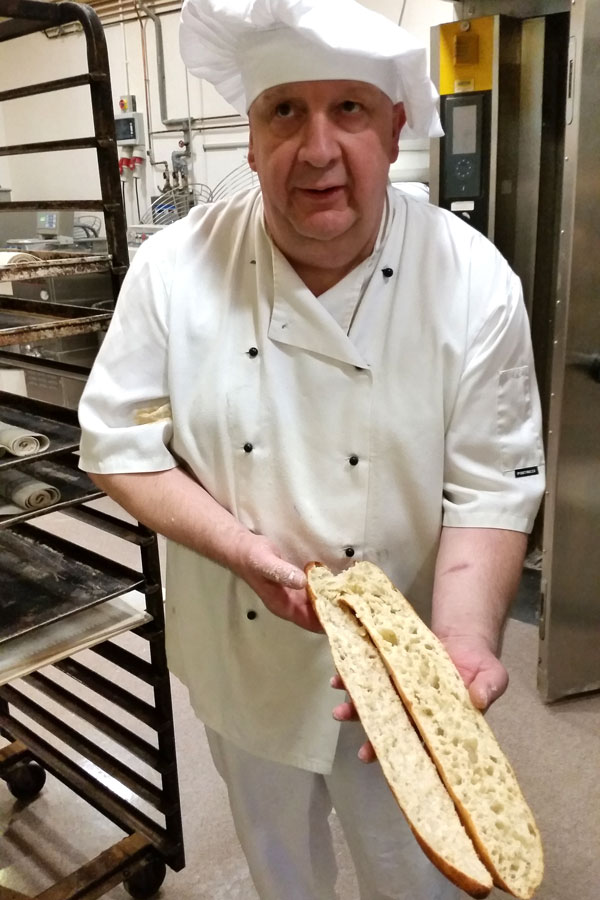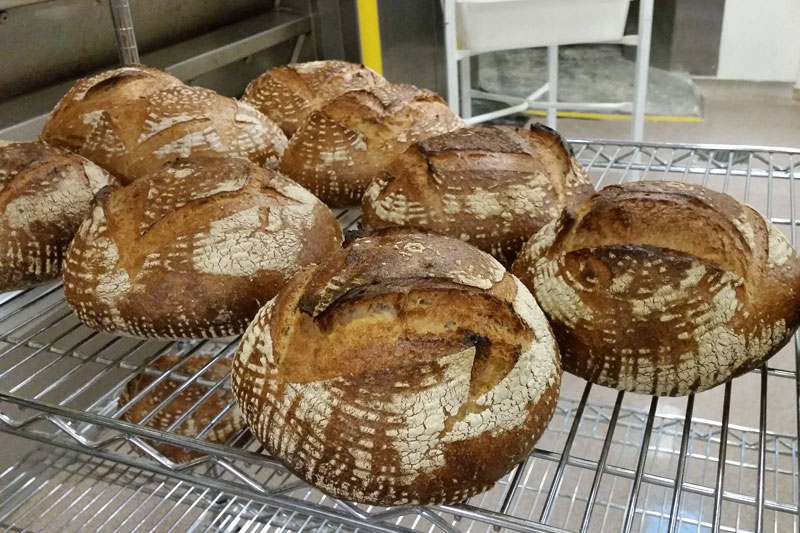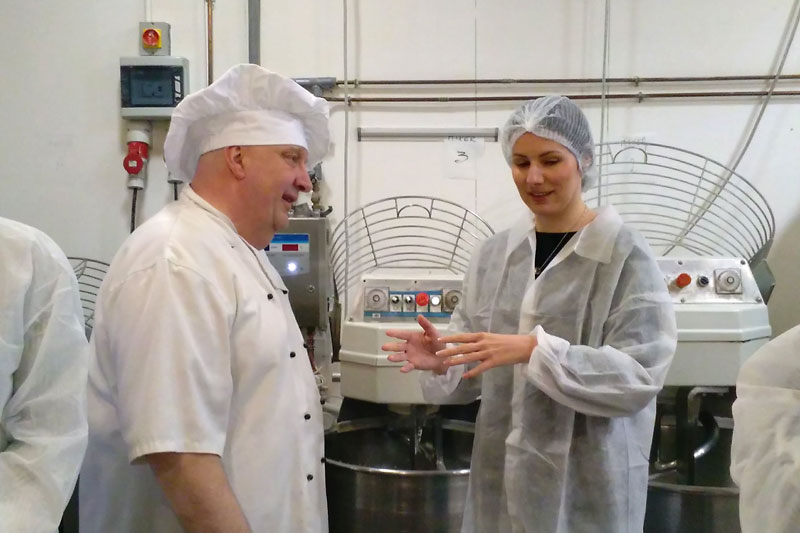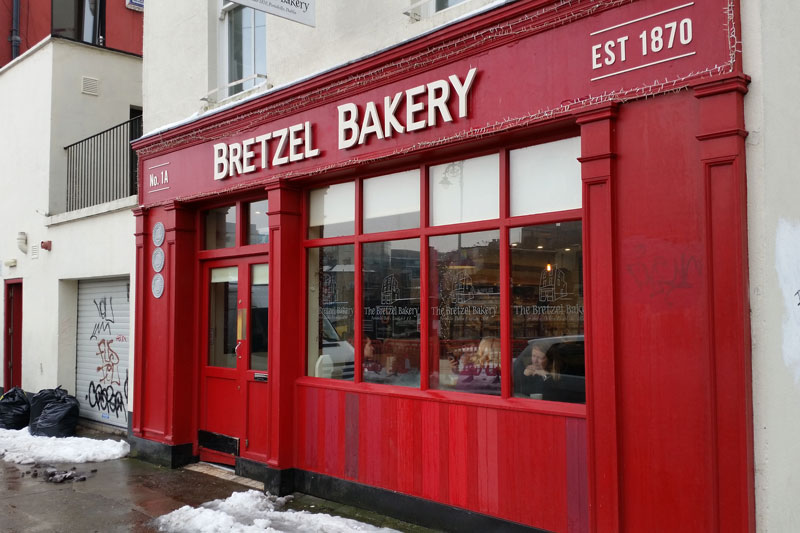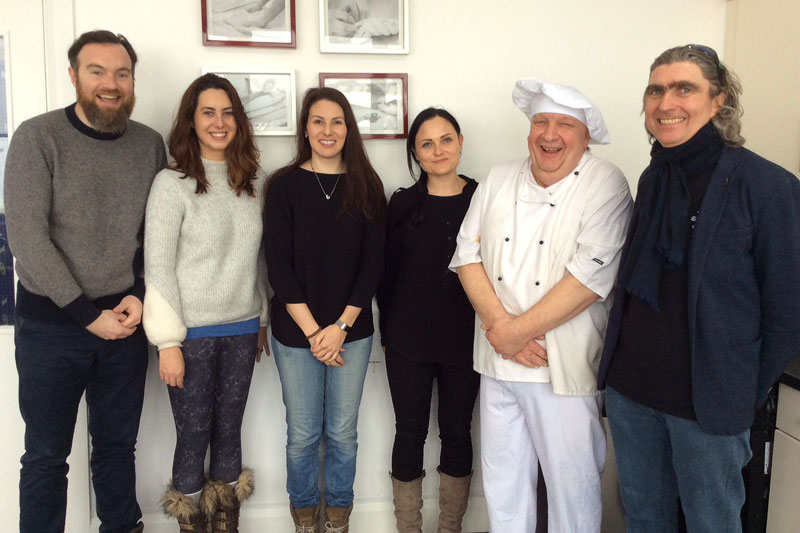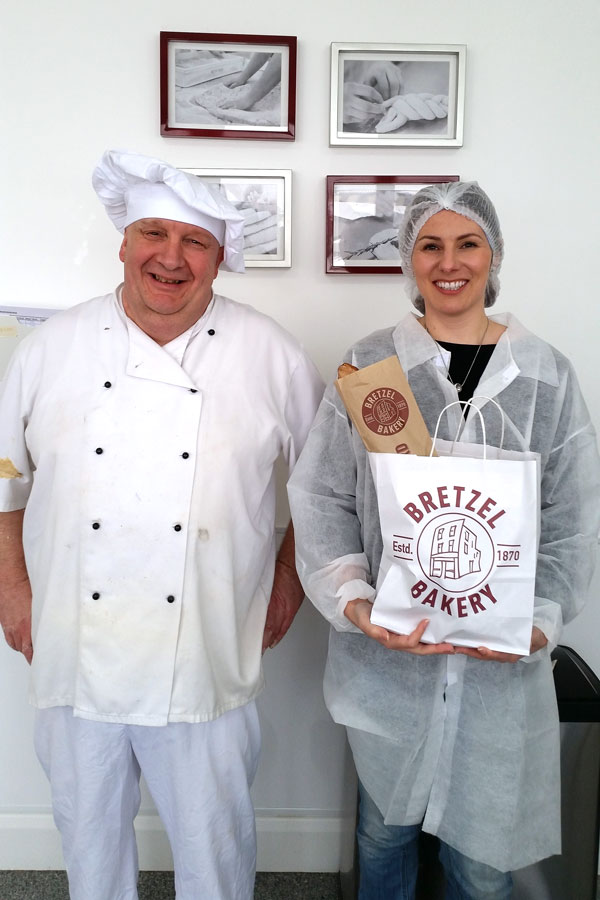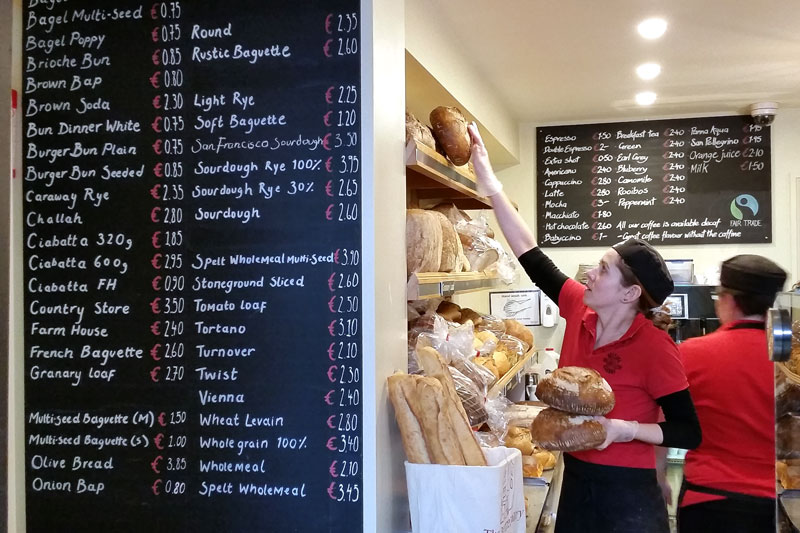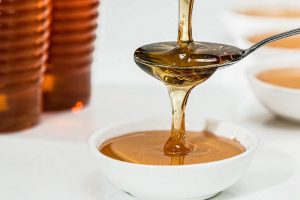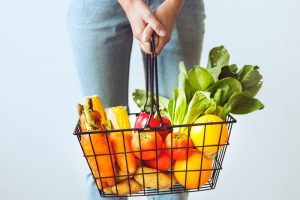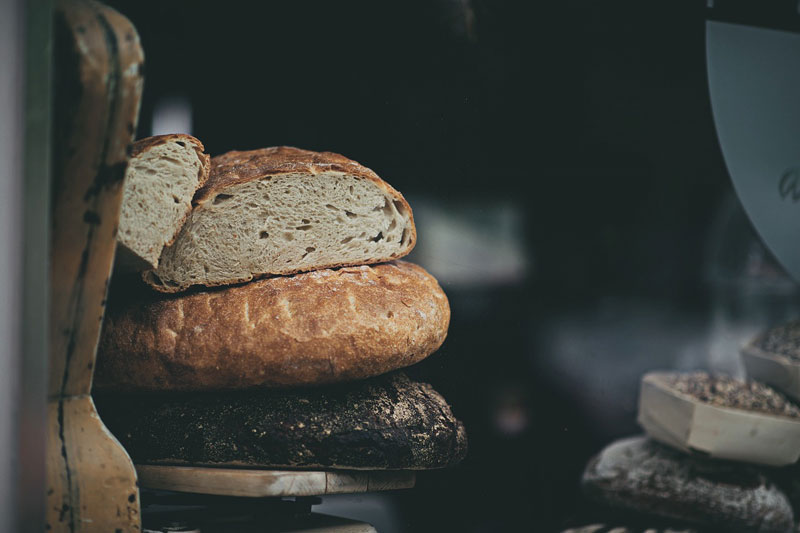
Is bread really that unhealthy?
The physical symptoms some people experience with commercial bread is less to do with “grains” or “gluten” than with the way large commercial bakeries operate.
Instead of spending 48 hours making traditional bread like sourdough, loaves are churned out on conveyor belts within a few minutes. They are packed with additives because they are designed to last weeks on supermarket shelves.
Most commercial white flour in the US is bleached, using chemicals like acetone peroxide, chlorine, and benzoyl peroxide.
This is not real bread! Is it any wonder that our bodies reject this stuff? Many of us, react with symptoms like constipation, bloating and flatulence.
White breads and sugars are simple carbohydrates. Your body rapidly turns these nutrients into glucose, a sugar used for energy. People commonly use sugary foods and white breads to obtain quick boosts of energy. However, “crashes” quickly follow rapid glucose spikes, which produce fatigue. Blood sugar crashes can also impair mental function, inhibiting your ability to assimilate and recall information.
Modern grains also contain much more gluten than ancient grains. But what is the alternative? Real bread. You can either start baking your own or look up a real bread movement near you.
On Real Bread Ireland you can find bakeries and restaurants who are part of the movement and order from them.
What is Real Bread?
According to Real Bread Ireland, real bread, in its purest form, is made without the use of processing aids or any other artificial additive. Real Bread is simply flour, water and fermentation (either by adding yeast or using natural fermentation) and sometimes salt is added. Other natural additions include nuts, seeds, herbs, butter, egg or milk.
Real bread doesn’t contain flour improvers, dough conditioners, preservatives, chemical leavening (baking powder, Bi-carbonate of soda), any other artificial additive or pre-mixed ingredients.
What do you need to make Real Bread?
Technically, the only ingredients that are essential for making bread are flour and water. With these two ingredients, you can make flatbreads, or nurture the yeasts and bacteria naturally present in the flour to create a sourdough culture.
So, for plain, leavened Real Bread that gives us at most:
- Flour
- Water
- Yeast (either commercial or a natural sourdough starter)
- Salt
Anything else is, by definition, unnecessary.
Benefits of Rye Sourdough Bread
Personally, I am a big fan of homemade rye sourdough bread and here is my recipe for How to make Rye Sourdough Starter.
1. Rye Sourdough bread often has a lower glycemic index than most other bread meaning it doesn’t spike your blood sugar levels dramatically.
2. It contains higher proportions of bacteria Lactobacillus to yeast than other breads. What does this mean? More mineral availability and easier digestion. The good bacteria pre-digests the starches of the grains and do all the heavy lifting for your digestive tract.
3. Do you think it’s too time-consuming to maintain a sourdough starter? Believe me, the benefits are well worth it. Through this lengthier process, the gluten breaks down into amino acids and is, therefore, easier to digest. Some people who are sensitive to gluten are able to tolerate sourdough rye bread.
4. Without containing any artificial preservatives it stays fresh much longer, than most homemade bread.
5. The fermentation process increases the content of beneficial bacteria in the bread AND your gut. It keeps yeast overgrowth in your intestines under control which makes it suitable for all candida warriors out there.
6. Unlike commercially produced bread it naturally contains many nutrients such as vitamin B1-B6, B12, folate, thiamin, niacin, riboflavin, vitamin E, selenium, iron, manganese, calcium, magnesium, phosphorus, zinc and potassium.
7. Sourdough bread tastes delicious and can vary in tanginess. Why don’t you get creative and add in some dried fruits, herbs or spices? My personal favourite is Fig & Walnut sourdough rye bread.
Sourdough Classes in Dublin
The Bretzel Bakery is a modern-day artisanal bakery steeped in tradition and history. Opening its doors in around 1890, it used the traditional European style breads like rye and challah which remain part of the bakery’s recipes today.
Their passion is to make wholesome bread which retains its nutritious qualities whilst maximising flavour, aroma and digestibility. To achieve this they use simple, good, ingredients and lots of time. Recently they started offering sourdough classes and I was among the first lucky people who got to check them out.
It was a real hands-on experience and even though I thought that I already knew a fair bit about sourdough I learned lots. Their head baker Fabrice presented the class in a very entertaining and informative way. We got to bake our own San Francisco Sourdough bread and baguettes while learning about the science and skills behind sourdough making.
I thoroughly enjoyed the experience and highly recommend trying it yourself. If you prefer buying your bread make sure to pop into their cafe and bakery in Portobello Dublin. The variety they offer in their cafe every day simply blows my mind, have a look at their menu below.
Your turn
Are you eating bread and have you ever tried making your own? I’m looking forward to reading your comments.
For more updates follow me on Facebook, Twitter, Instagram, Pinterest or subscribe to my YouTube channel!
